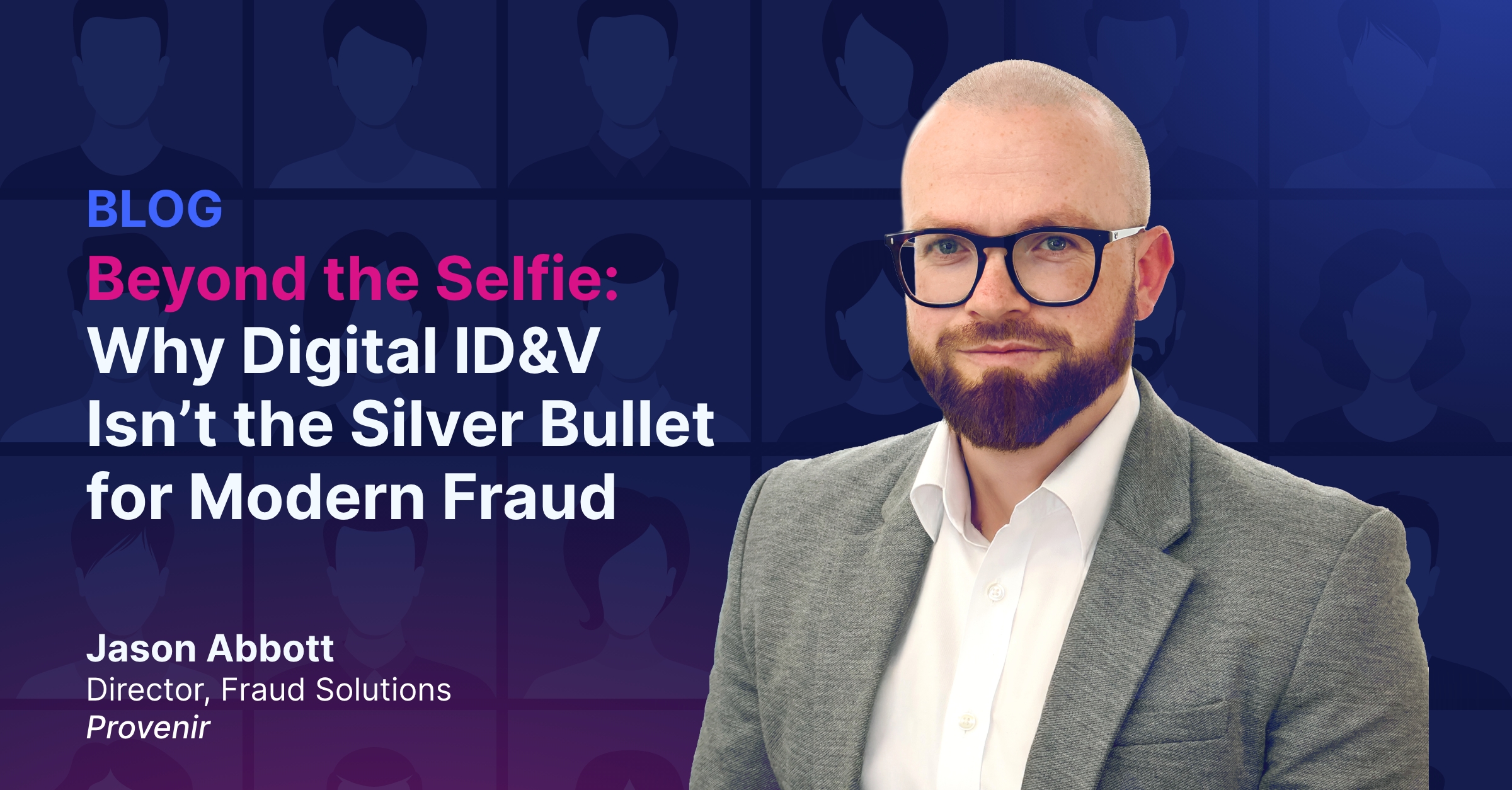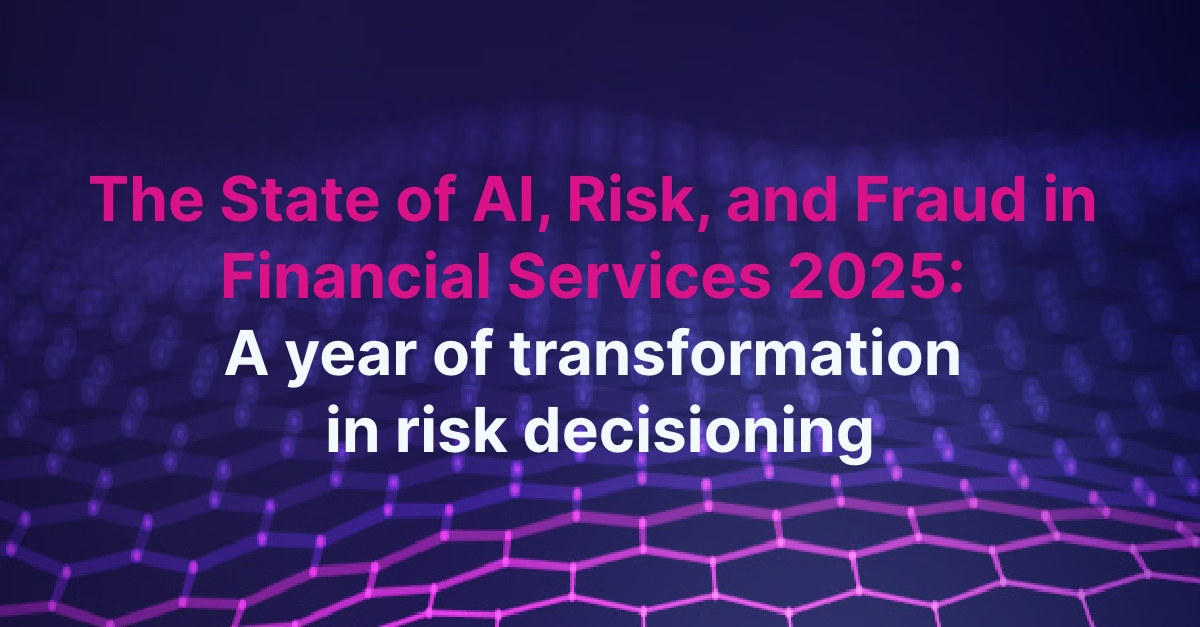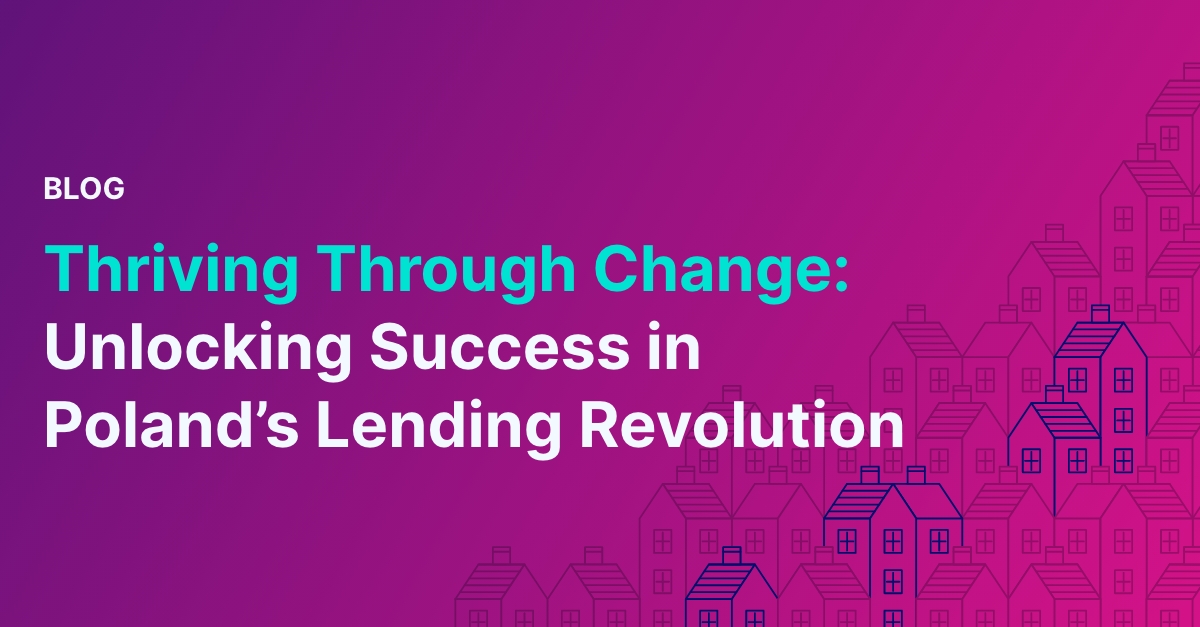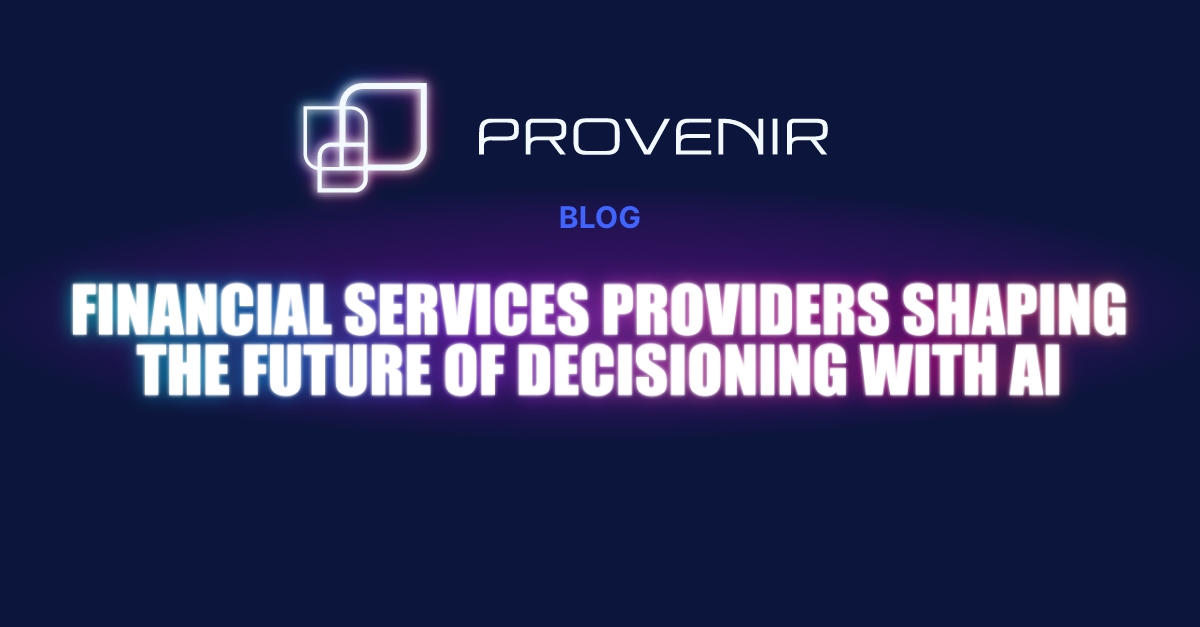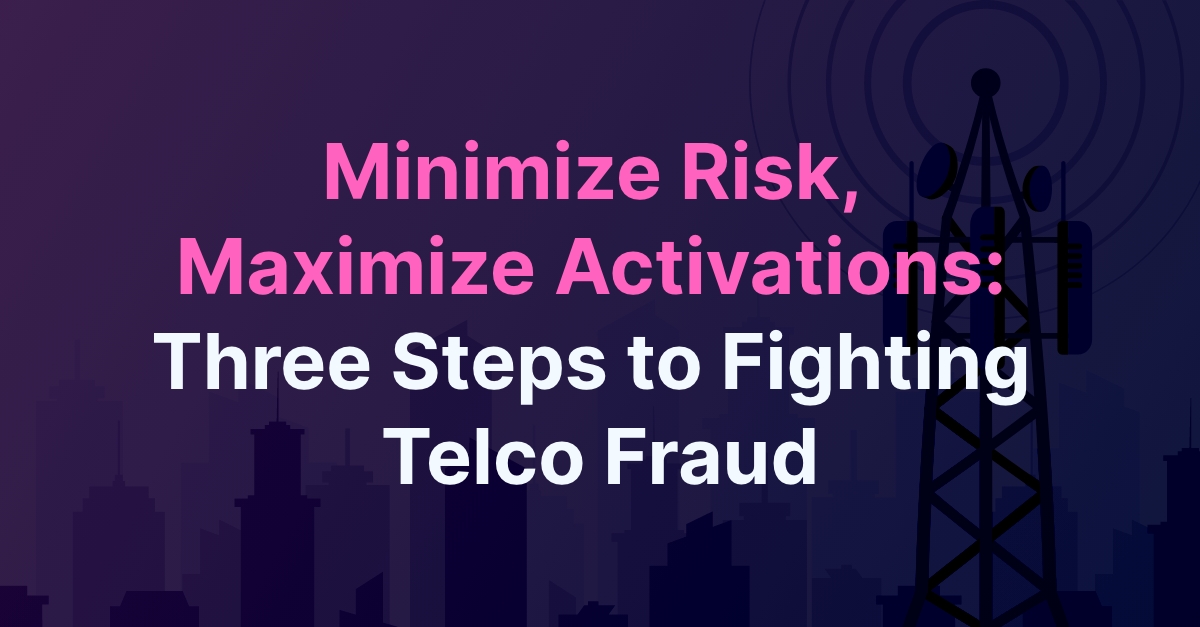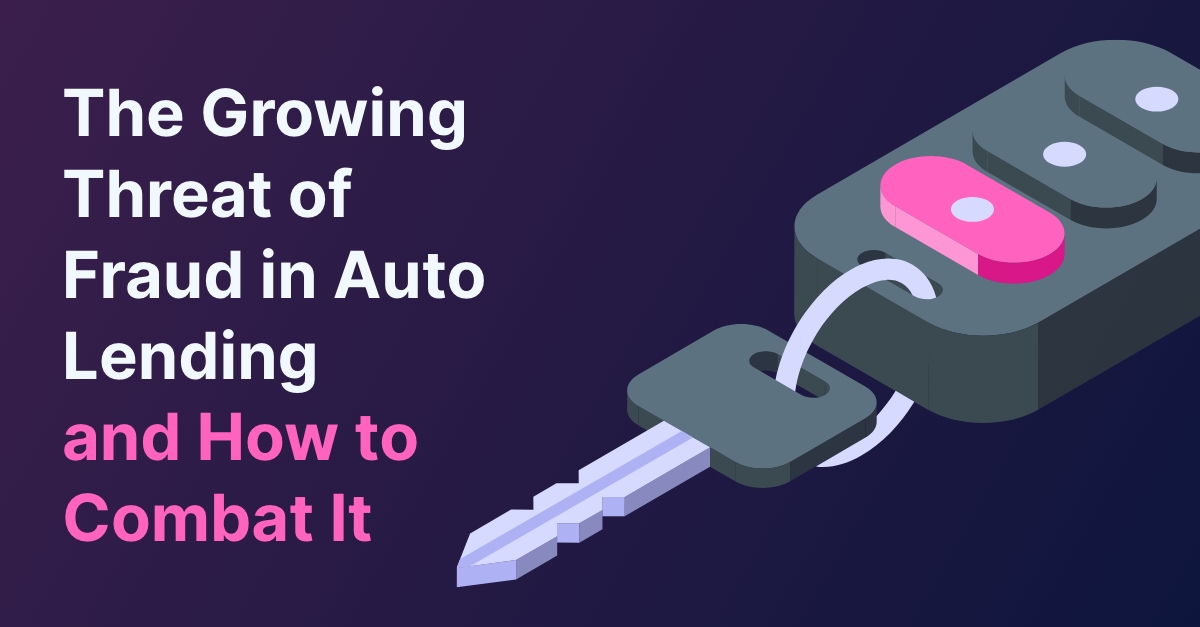BLOG
Optimizing Data Orchestration
for Application Fraud Prevention

Why more data isn’t always the answer – but a more holistic approach is.
The Growing Threat of Application Fraud
The world continues to become more and more digital – and fraudsters are taking advantage by consistently finding new ways to exploit any weaknesses in technology and financial services systems. Application fraud in particular has emerged as a significant threat in financial services, with attempts (and the various types) increasing steadily. According to TransUnion’s 2023 State of Omnichannel Fraud Report, nearly 5% of digital transactions globally in 2022 were found to be possibly fraudulent (4.2% for financial services specifically), and there were over $4.5 billion in outstanding balances in the U.S. for auto loans, credit/retail cards, and unsecured personal loans, thanks to synthetic identities (which incidentally marks a 27% increase since 2020, and the highest level ever recorded). Additionally there was an increase of 39% from 2019-2022 in cases of fraud attempts in financial services, with the top type being identity fraud.
So what does this mean for financial institutions, payment providers, lenders, fintechs, etc.? It means that as fraudsters and their methods evolve, so too must the ways in which we as an industry detect and prevent it. But how? One key is data orchestration. Because with a more holistic, comprehensive view of your customers you can:
- More accurately detect and prevent fraud, at onboarding and beyond, and;
- Ensure that genuine, creditworthy customers don’t feel the pain while you do so
Fraud Attempts on the Rise
| Fraud Type | Digital Fraud in 2022 | Volume Change 2019-22 |
|---|---|---|
Credit Card | 6.5% | 76% |
Account Takeover | 6.3% | 81% |
True Identity Theft | 6.2% | 81% |
ACH/Debit | 6.0% | 122% |
Synthetic Identity | 5.3% | 132% |
More Data To Combat Fraud? Or BETTER Data?
So it’s clear that fraud prevention is critical. But if your immediate reaction is to buy all the data… think again.
From TransUnion again, “the knee-jerk response to rising data breaches and persistent digital fraud might be to increase identity verification and authentication checks. However, the transition to an always-on, digital-first customer experience, evidenced by the dramatic increase in digital transactions over the past few years, means fraud leaders must be aware of customer experience and enable the business to drive top-line growth while reducing fraud risk.”
So despite how tempting it is to just use more and more data, you need to balance that with a) the consumer experience (are you ready to add more friction to the journey?) and b) the unnecessary cost and inefficiency of buying more data than you need. Because the better you get at accessing and integrating the right fraud data, at the right time in the customer journey, the better results you’ll see:
- Less friction in the consumer experience
- More accurate fraud risk models
- Increased ability to assess fraudulent activity and the intent to pay
- More growth – because ultimately, the more adept you get at preventing fraud, the more confident you can be in your decisions, enabling sustainable business improvements across the customer lifecycle
SIDENOTE: Predictive analytics, like embedded machine learning and artificial intelligence, also helps, by automatically analyzing vast amounts of data and offering insights into patterns of behavior that may indicate fraud.
Eliminate Decisioning Silos
A more holistic, integrated view of your customers enables you to stay ahead of threats, and an end-to-end risk decisioning platform ensures you can continually improve your fraud risk models and optimize decisions as threats evolve – all right alongside your credit risk decisions. Eliminating these siloed environments offers maximum flexibility and agility at every step of your risk decisioning processes. Reduce the complexity of managing multiple online fraud detection tools and disparate decisioning systems with one unified, end-to-end solution for fraud, credit, and compliance across the customer journey. And watch your business grow as a result.
Did You Know?
- KYC – 67% of corporate treasurers limit the banks they work with because of KYC-related challenges
- AML – between $800 billion (2%) and $2 trillion (5%) of the world’s GDP is laundered globally each year
- Mule Accounts – 34% increase in mule accounts belonging to 40-60 year olds since 2017
- KYB – it can take anywhere from 90-120 days to onboard a corporate banking customer
- Identity Theft – there’s a new victim of identity theft every 2 seconds
- Account Takeover – 41,857 account credentials stolen per minute
- SIM Swap – SIM swap fraud reports have increased by 400% in the past five years
